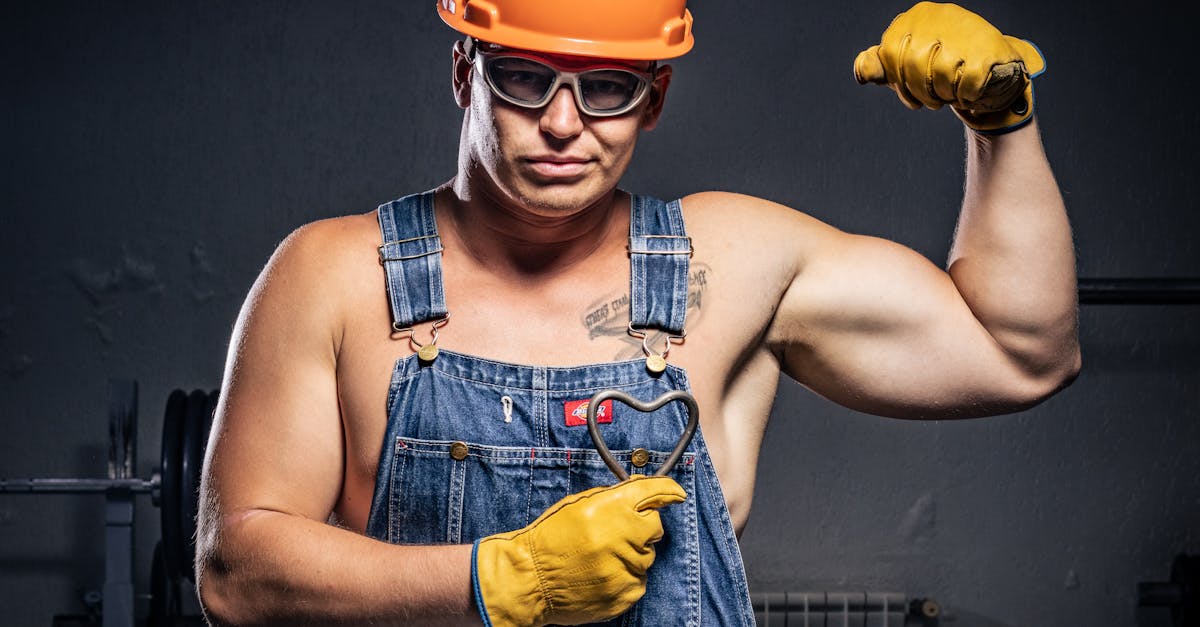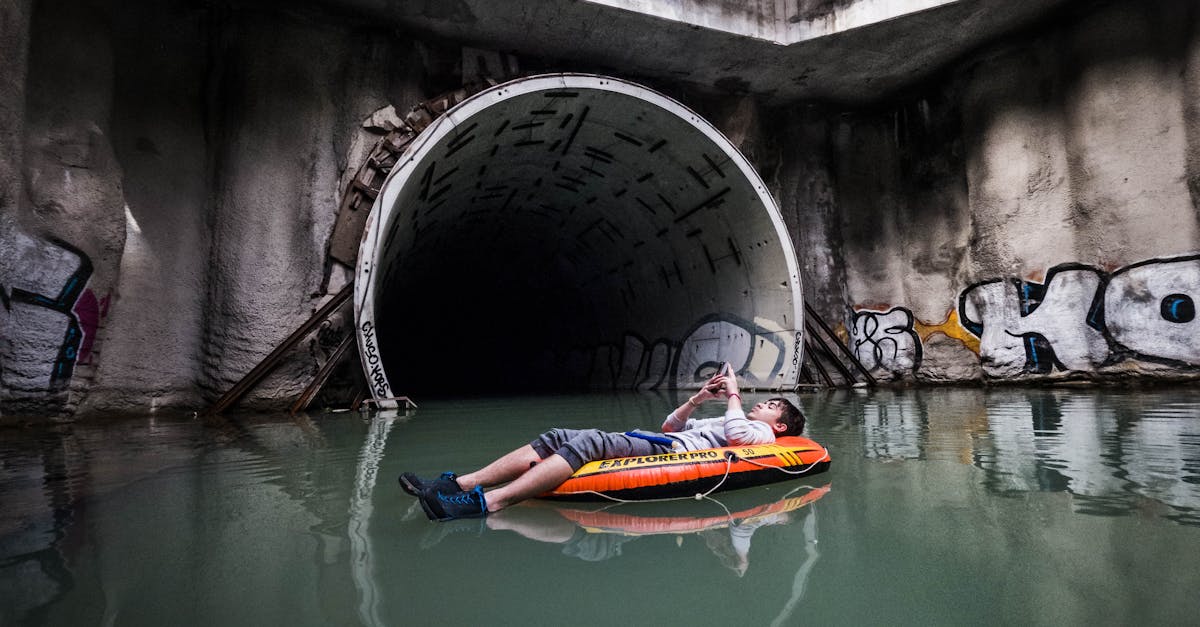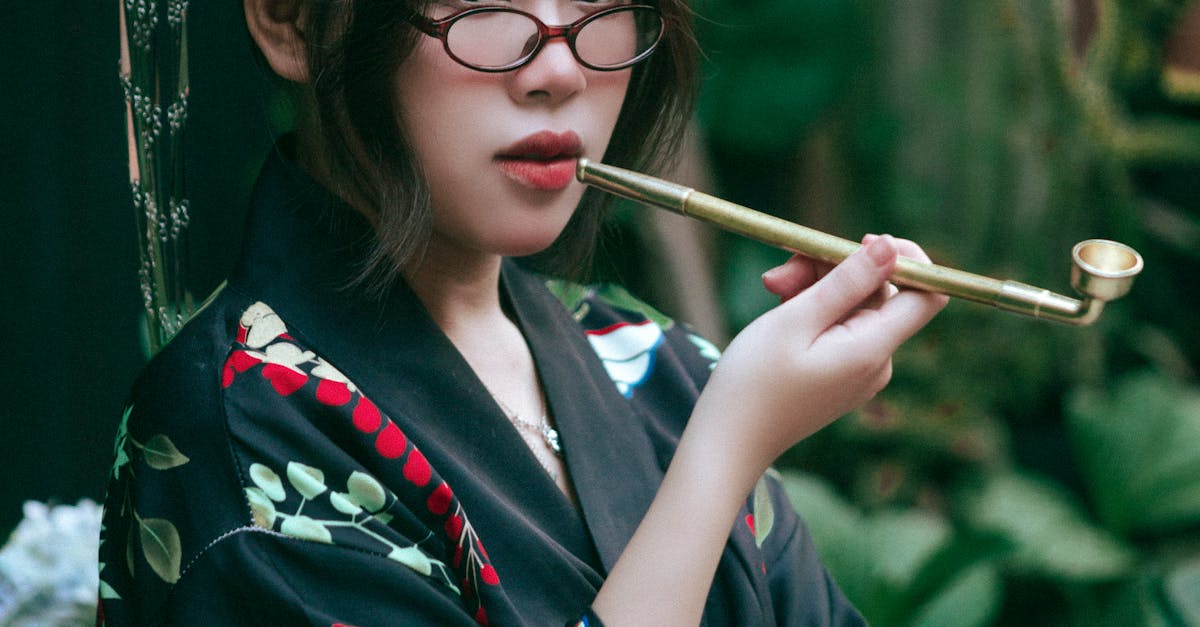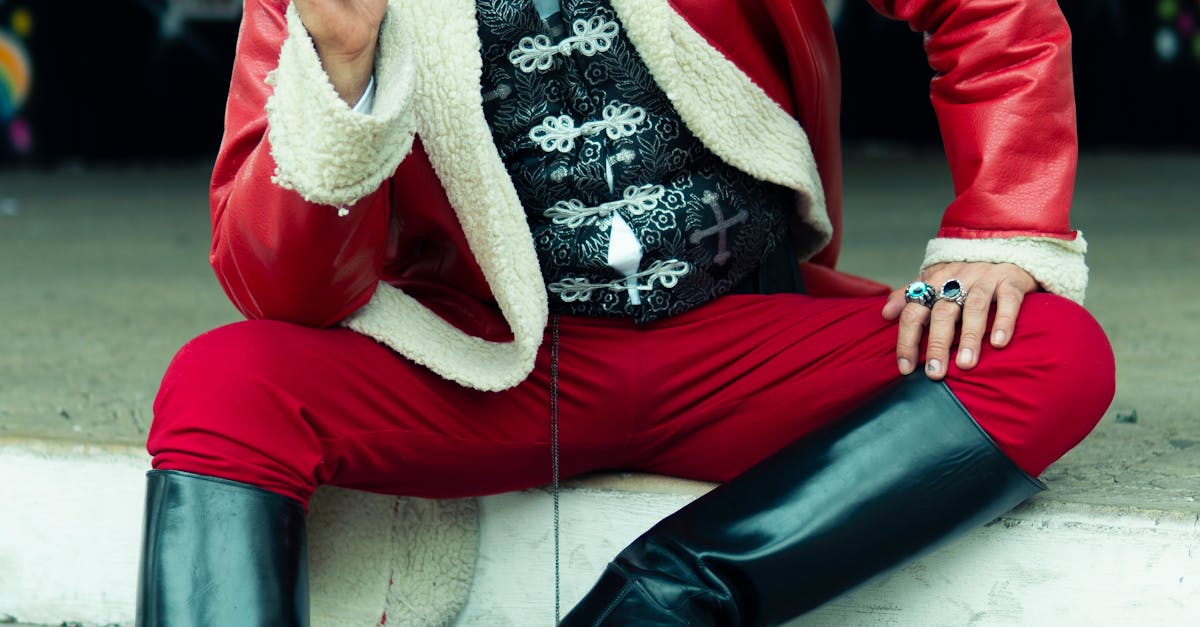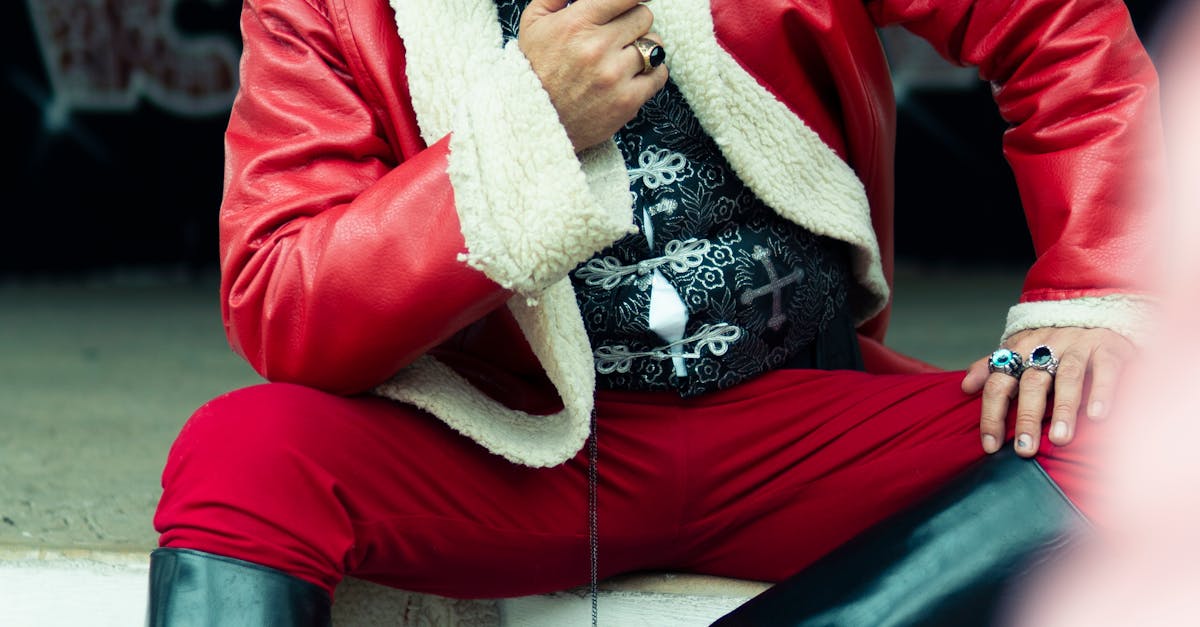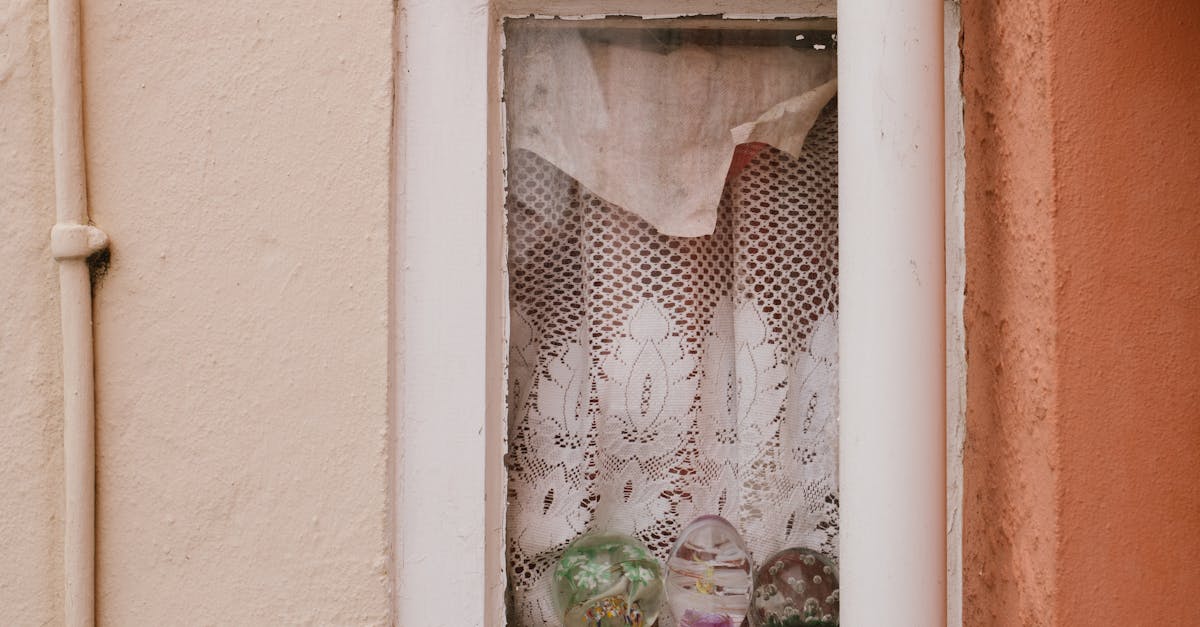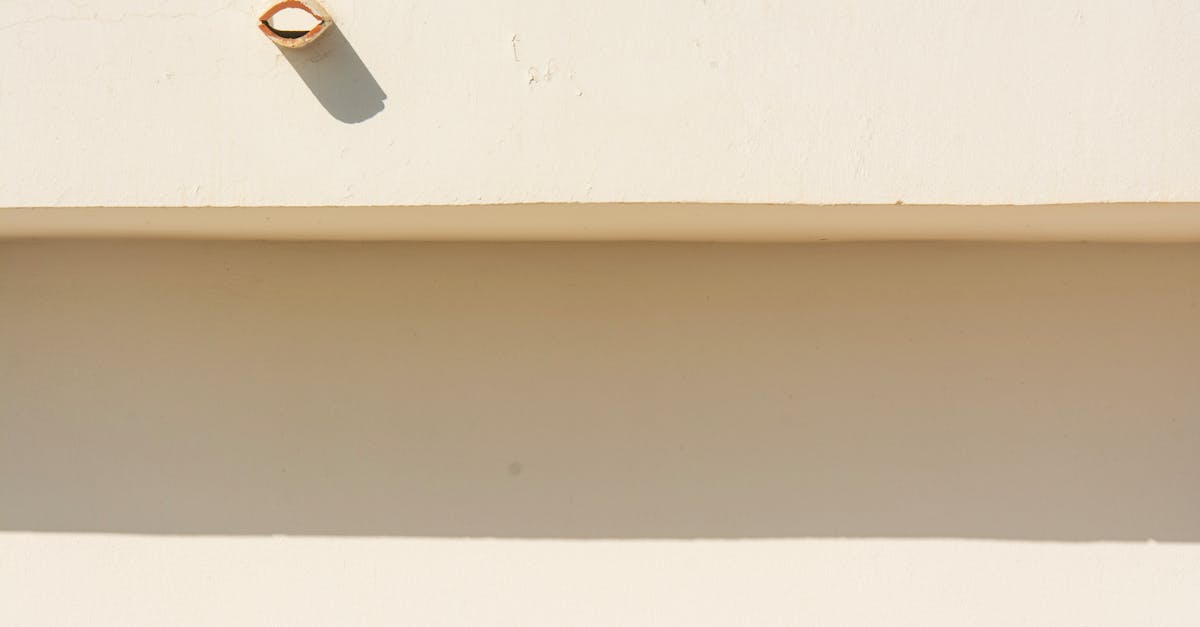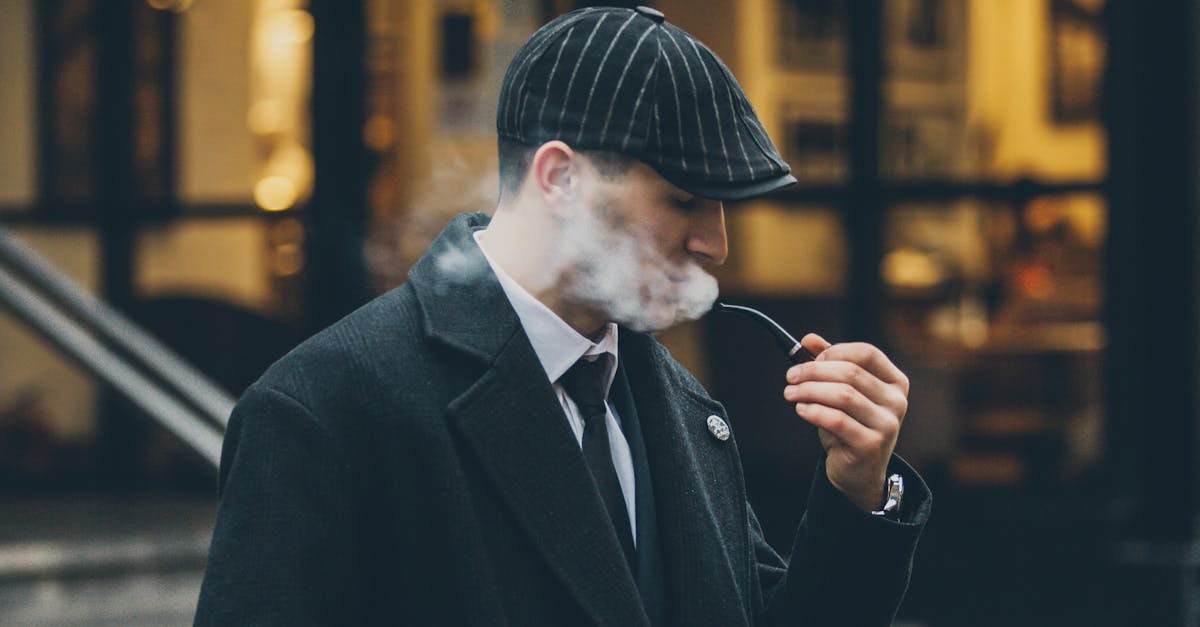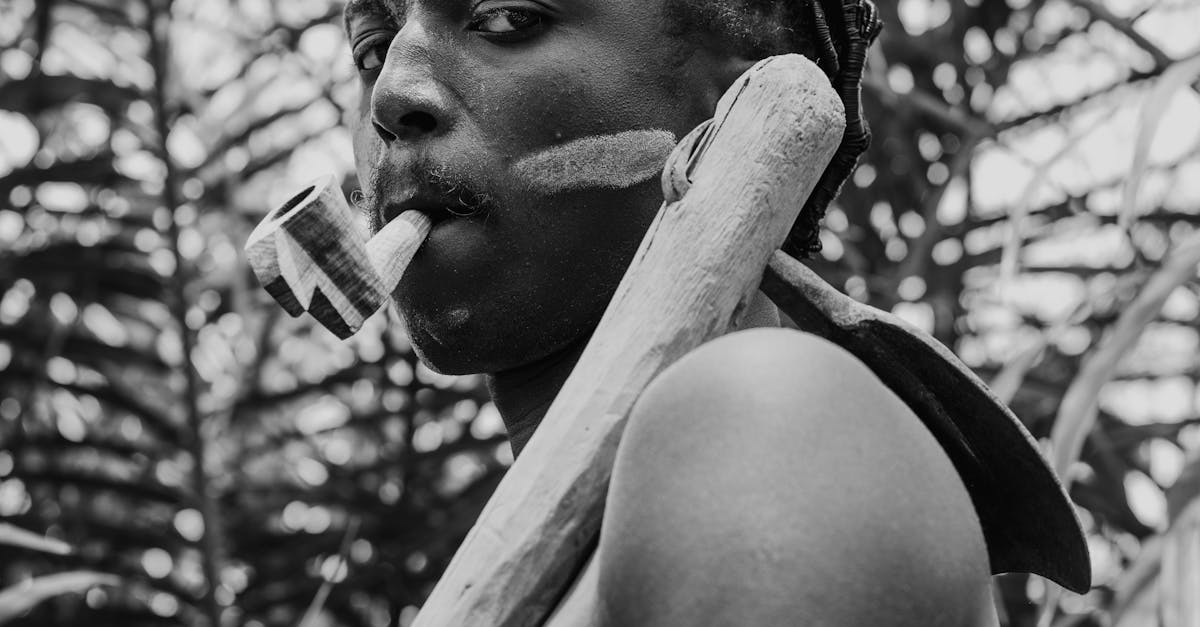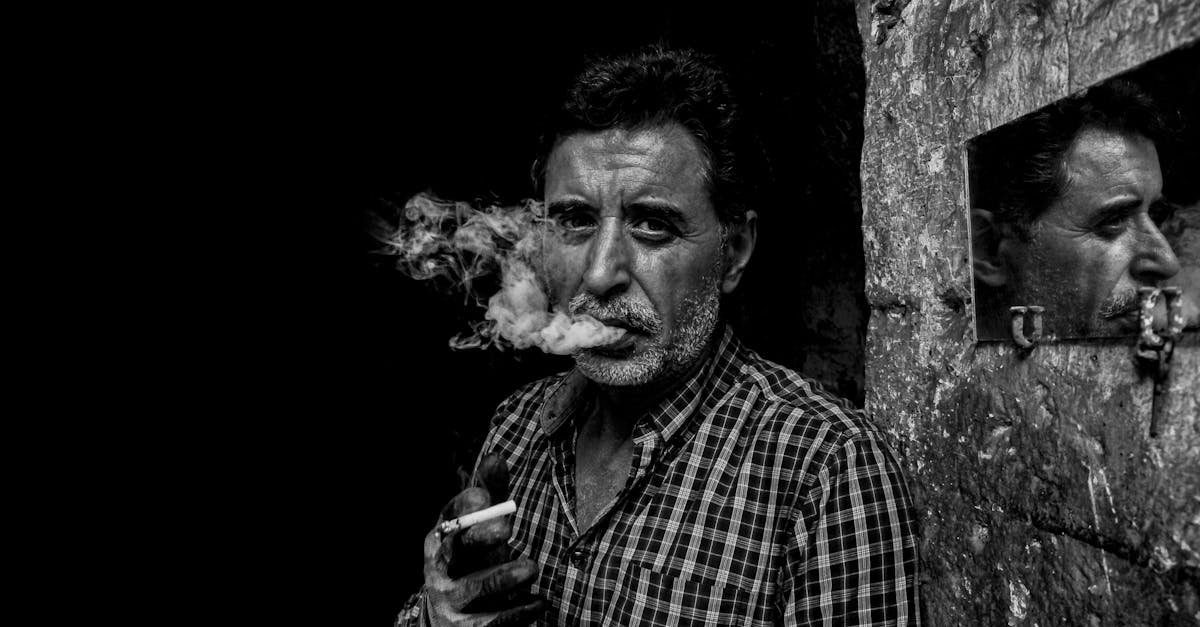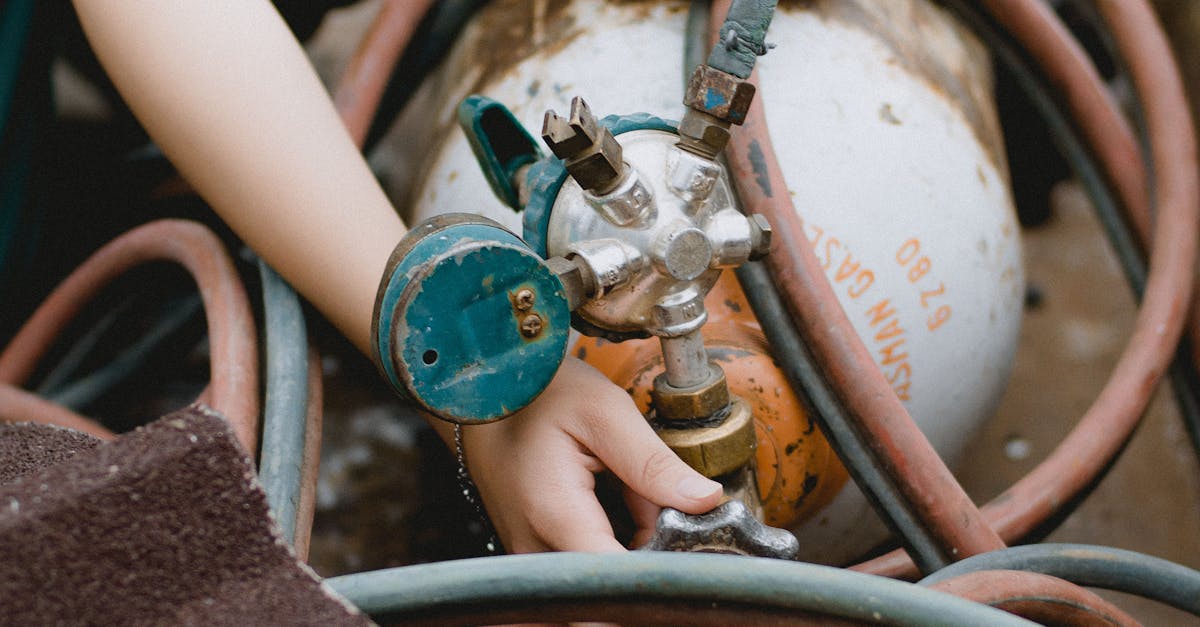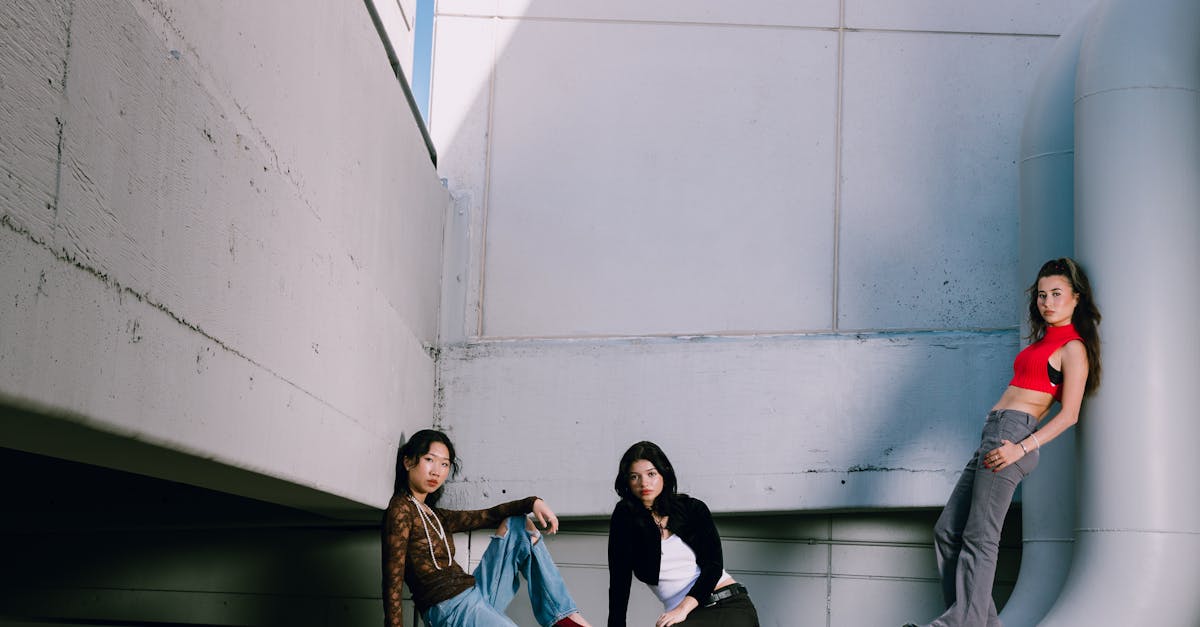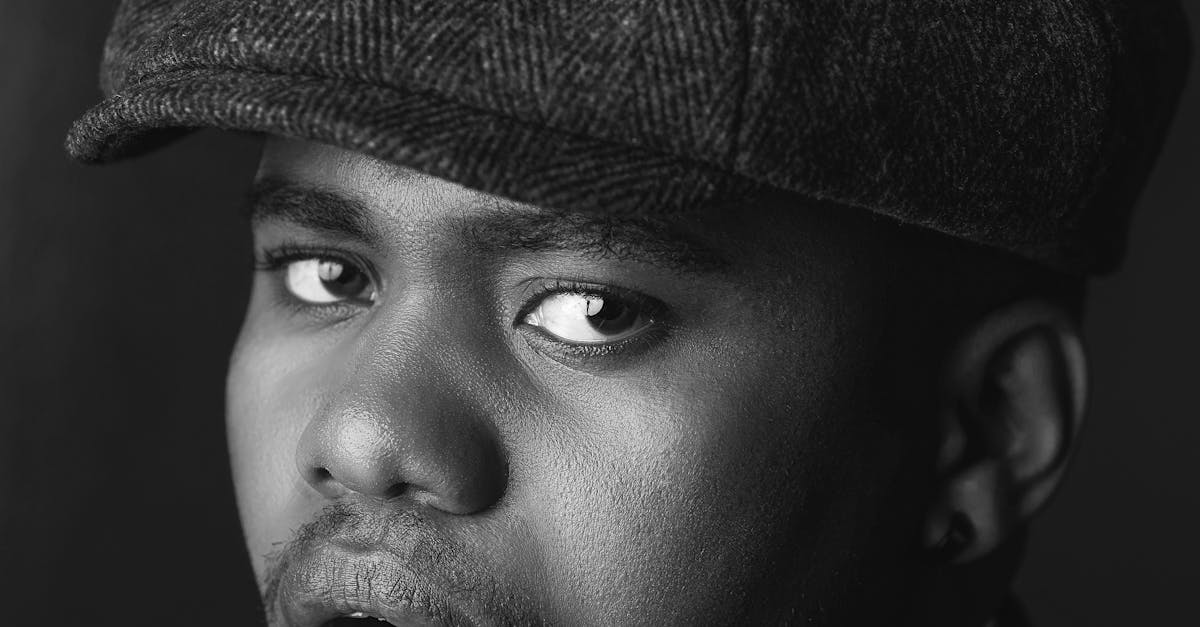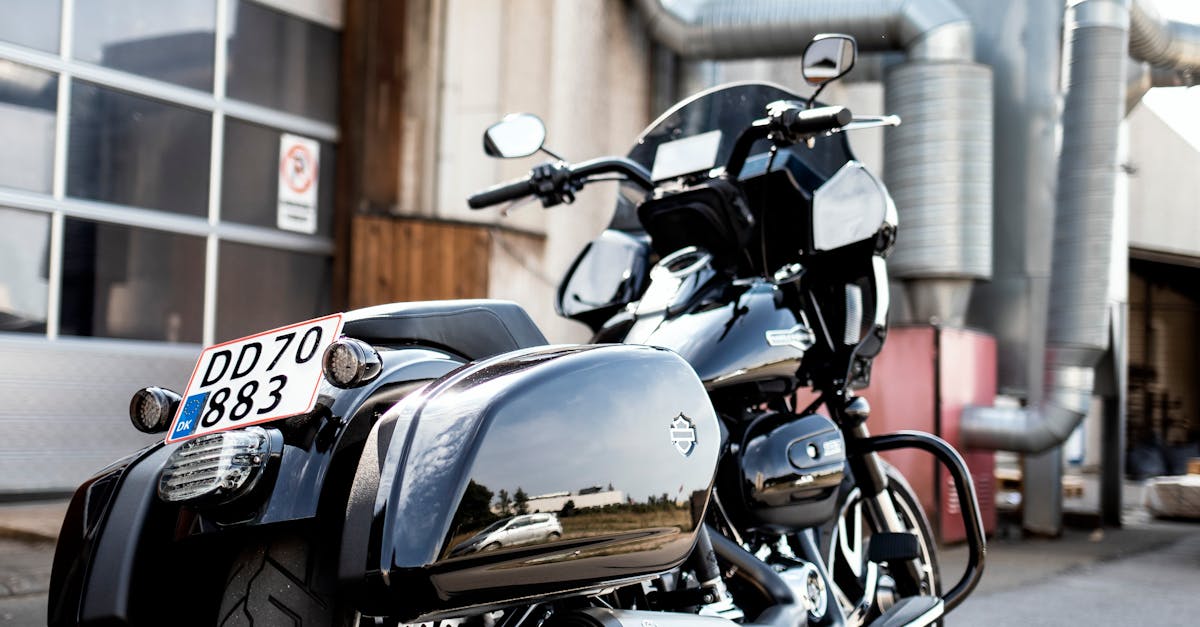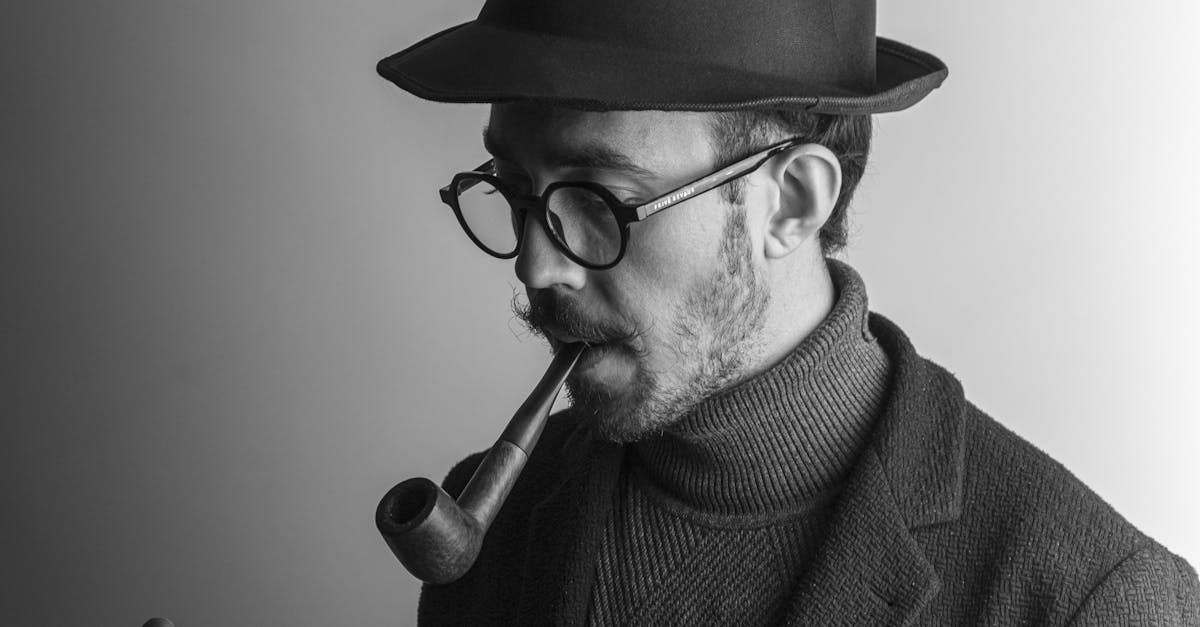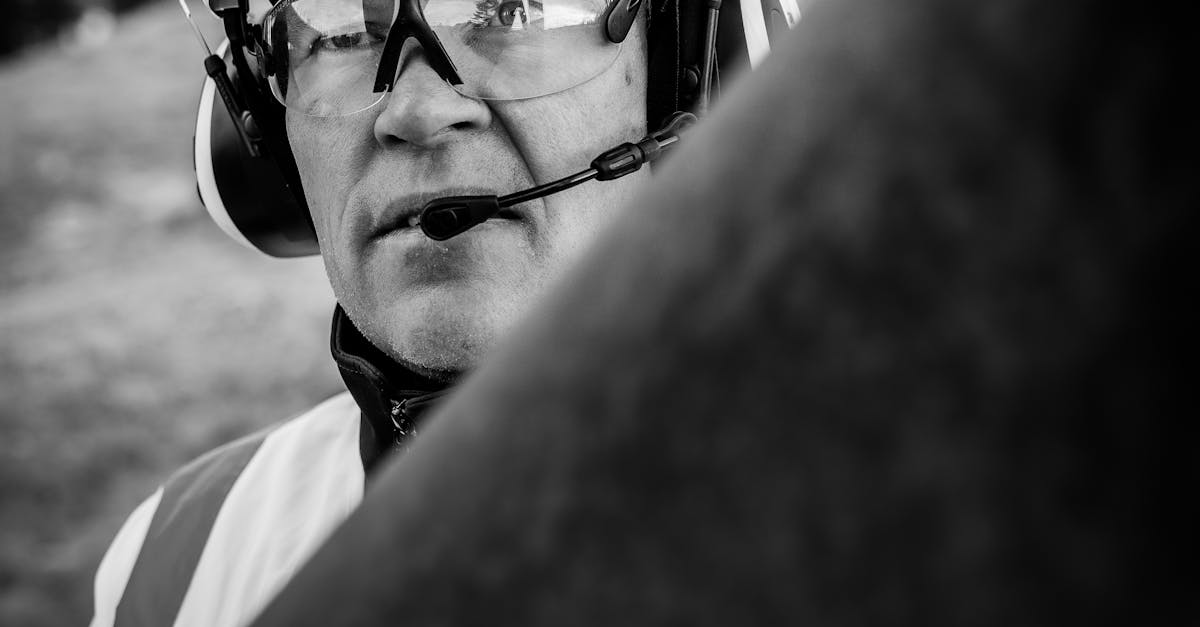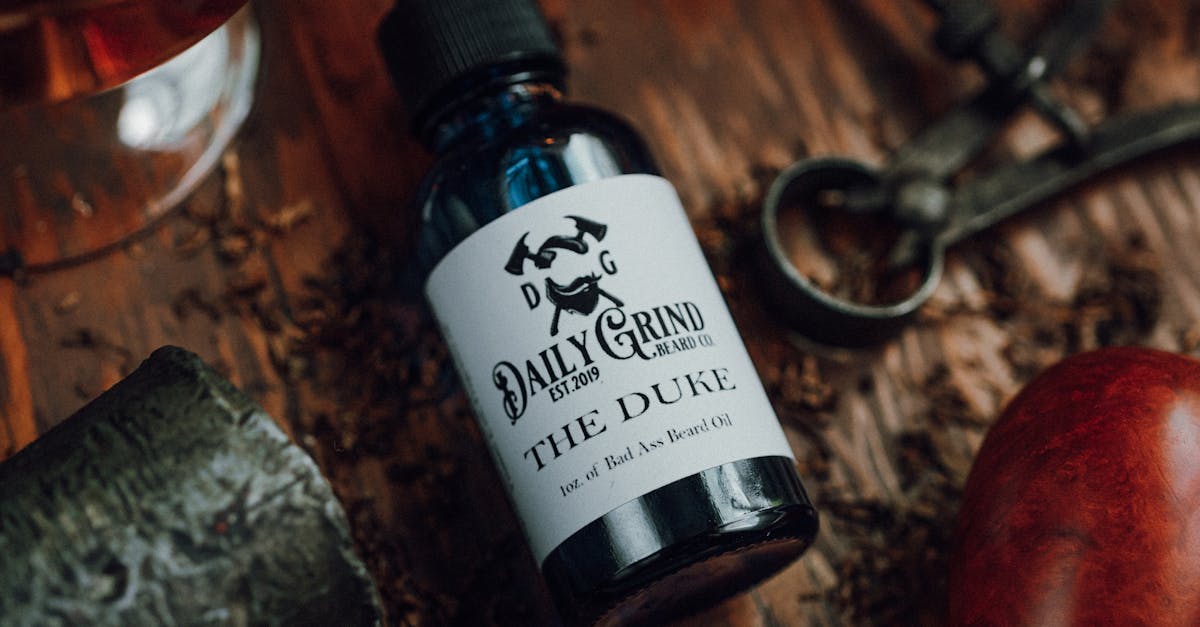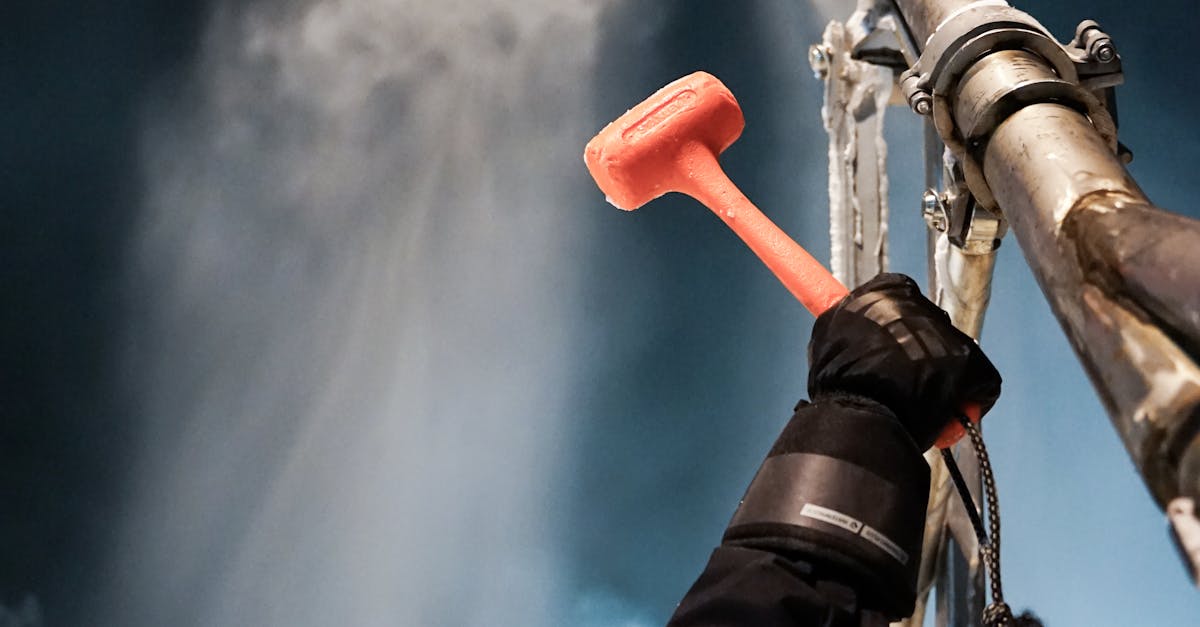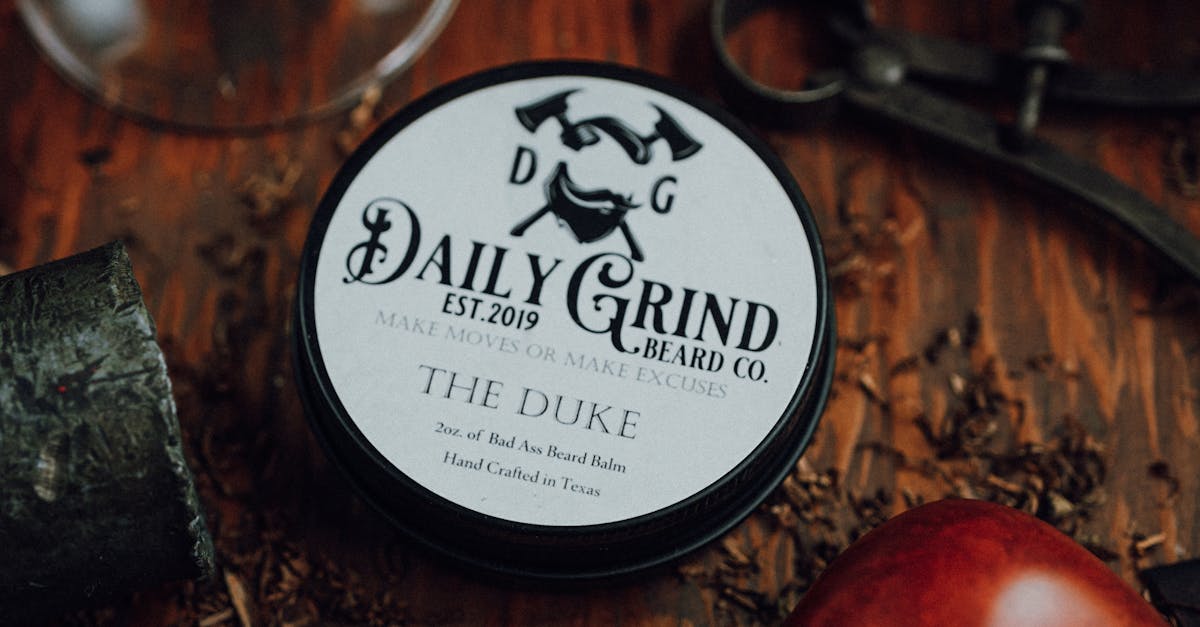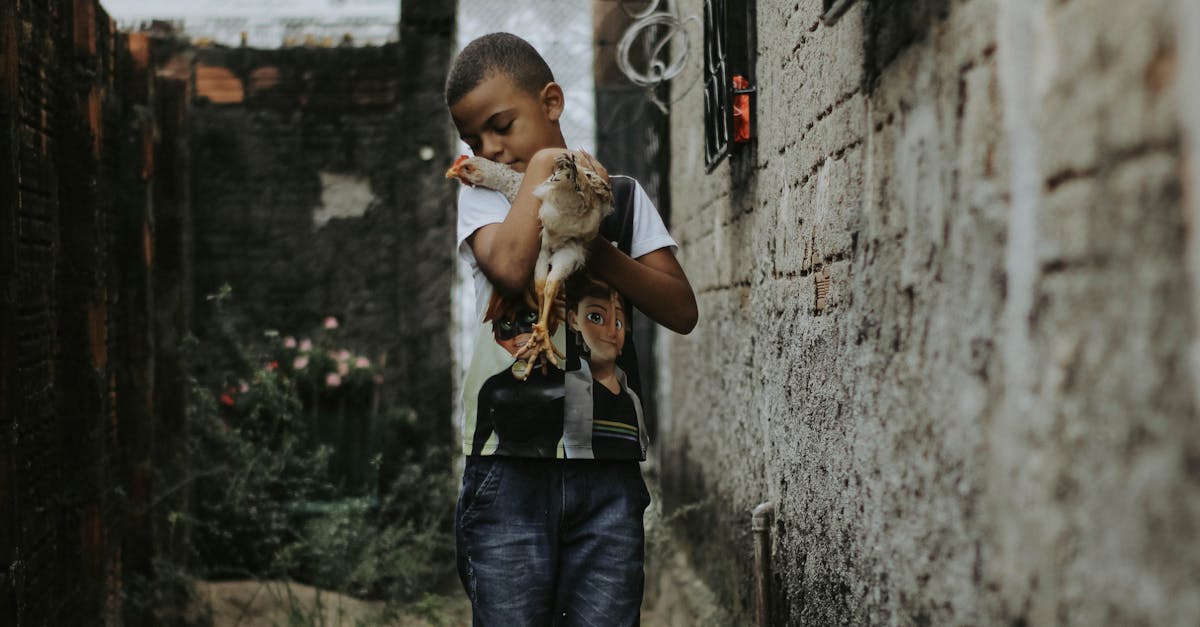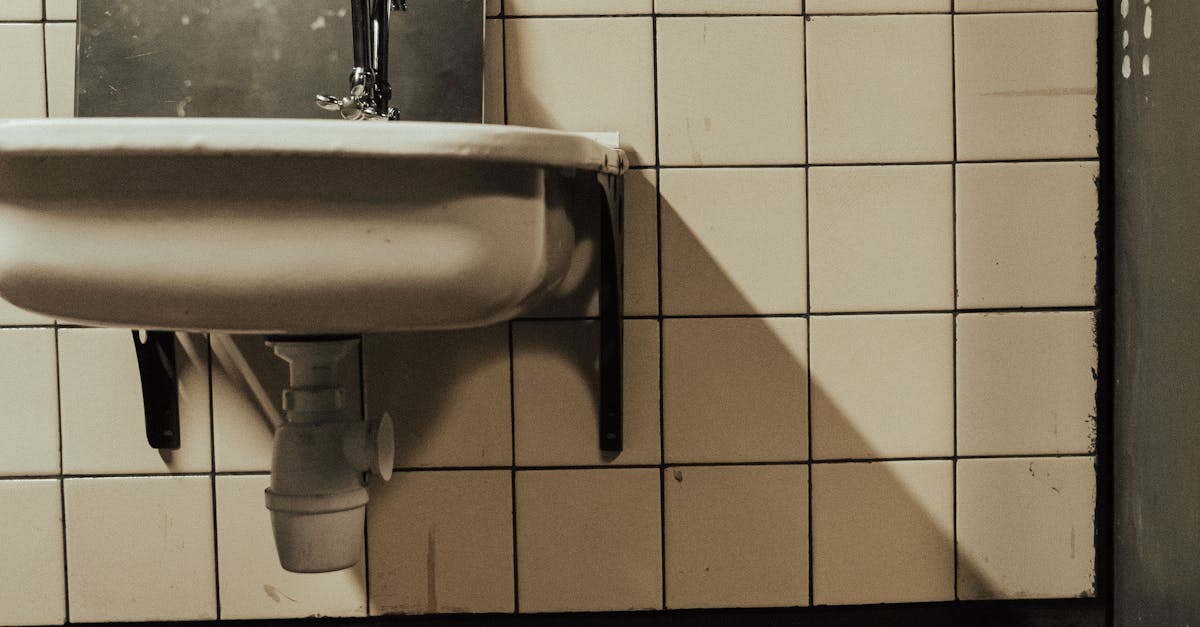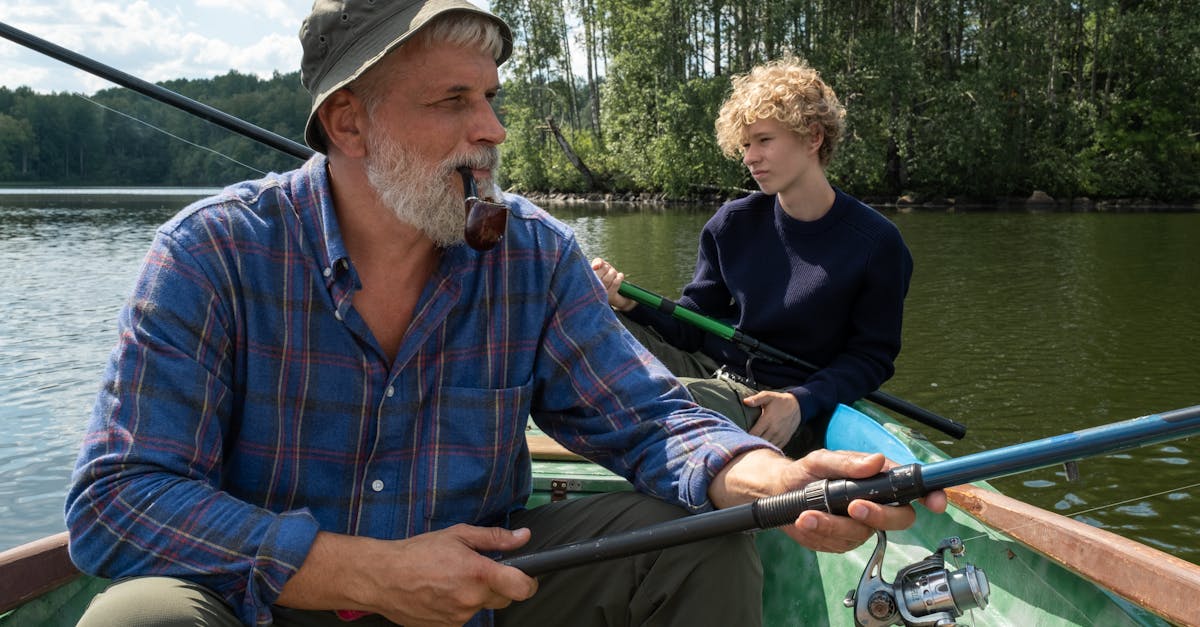
Table Of Contents
Signs of Wear and Tear
As pipe liners age, several signs indicate that wear and tear may be impacting their performance. Homeowners might notice recurring leaks or blockages, which can suggest that the integrity of the liner is compromised. Discolouration or corrosion along visible sections of the pipe can also be an indicator that the liner is deteriorating. These issues often arise from the pipe relining material being subjected to extreme temperatures or chemical reactions due to the substances flowing through the pipeline.
Another critical sign of potential problems is the emergence of unpleasant odours or gurgling sounds from the plumbing system. These symptoms suggest that the liner may not be sealing properly, allowing waste or gases to escape. Regular inspections and maintenance are essential for identifying these early warning signs. Understanding the lifespan and condition of pipe relining is crucial for maintaining the plumbing system and preventing more substantial issues down the line.
Identifying When Pipe Liners Need Replacement
Identifying when pipe liners require replacement involves paying attention to several key indicators. Homeowners may notice recurring blockages or slow drainage throughout their plumbing system. Other signs include unusual odours emanating from drains or visible leaks around the property, which may suggest that the integrity of the pipe liner has been compromised. Regular inspections and maintenance practices can aid in spotting these issues early, minimising disruption and repair costs.
Visual inspections of the pipes can also reveal cracks, wear, or delamination in the pipe relining. Using specialised cameras, plumbers can assess the internal condition of the liners, determining whether they maintain their structural integrity. Discolouration or flaking on the liner's surface can further indicate a need for replacement. Monitoring these conditions is crucial in ensuring the longevity and effectiveness of the pipe relining solution.
Cost Considerations
When considering the cost of pipe relining, various factors come into play. The initial investment tends to be higher compared to traditional pipe replacement methods. However, this upfront cost can be offset by the reduced labour expenses and fewer disruptions during installation. Pipe relining typically requires less excavation, saving on potential restoration costs related to landscaping or structural damage.
Ongoing maintenance is another aspect that should be factored into budgeting for pipe relining. While the liners themselves are durable and can last for decades, regular inspections will ensure they remain in optimal condition. Setting aside a portion of funds for future maintenance can prevent unexpected financial burdens and extend the lifespan of the relined pipes. Understanding these cost considerations helps homeowners make informed decisions about their plumbing options.
Budgeting for Pipe Liner Installation and Maintenance
When budgeting for pipe liner installation and maintenance, it is essential to consider both the initial costs and long-term savings associated with pipe relining. The upfront expenditure may seem significant, but this method often proves more cost-effective than traditional pipe replacement. Installations typically involve minimal disruption, reducing potential costs related to excavation and restoration. Homeowners and property managers should factor in warranties and estimated lifespan when calculating overall value.
Regular maintenance is crucial for maximising the longevity of pipe relining. Budgeting for routine inspections can help identify issues before they escalate into more significant problems. While the reline itself is a major investment, proper upkeep ensures that the benefits last for years. Including potential repair costs in the budget will provide a clearer picture of the financial commitment involved, allowing for strategic planning and management of funds over time.
Comparison with Traditional Methods
Pipe relining offers a modern solution to traditional pipe repair methods, presenting significant advantages in terms of durability and convenience. Traditional pipe replacement can be an invasive process, often requiring extensive excavation and disruption to nearby structures. In contrast, pipe relining involves a less intrusive approach, allowing for repairs to be made from within the existing pipes. This method not only reduces the time taken to complete repairs but also minimises the impact on the surrounding environment.
The longevity of pipe liners is another factor that stands in favour of this technique when compared to traditional methods. While standard pipes are at risk of corrosion and other damage over time, the materials used in pipe relining are designed to withstand harsh conditions for extended periods. This enhanced durability can lead to significant savings in maintenance and replacement costs in the long run, making pipe relining a financially sound investment for property owners. The overall efficiency and effectiveness of this approach often outweigh the initial costs associated with installation.
Advantages of Using Pipe Liners Over Replacement
Pipe relining offers several advantages over traditional pipe replacement methods. It provides a less invasive solution, significantly reducing the disruption to landscaping, driveways, and infrastructure. Since the process typically involves inserting a liner into the existing pipe, there is minimal excavation required, which saves both time and effort during installation. Homeowners can avoid the lengthy and often costly process of digging up old pipes, allowing for a quicker resolution to plumbing issues.
Another notable benefit is the extended lifespan that pipe relining can provide. Once the new liner is in place, it bonds with the existing pipe, creating a strong and durable structure that is resistant to leaks and corrosion. This durability often leads to lower maintenance costs in the long run. Additionally, the smooth interior of the liner improves water flow, reducing the likelihood of blockages that can often accompany ageing piping systems.
FAQS
How long can I expect my pipe liners to last?
Pipe liners typically last between 50 to 100 years, depending on various factors such as the material used, environmental conditions, and the quality of installation.
What are the signs that my pipe liners need replacement?
Signs of wear and tear include frequent clogs, leaks, damp spots on walls or floors, and reduced water flow. If you notice any of these issues, it may be time to assess the condition of your pipe liners.
How much does it cost to install pipe liners?
The cost of installing pipe liners can vary widely depending on the size and condition of the pipes, but you can expect to pay anywhere from $100 to $300 per linear metre, including installation and materials.
Are pipe liners a better option than traditional pipe replacement?
Yes, pipe liners generally offer several advantages over traditional replacement methods, including less disruption to your property, quicker installation times, and often lower overall costs.
How can I maintain my pipe liners to extend their lifespan?
Regular inspections and proper maintenance, such as avoiding harsh chemicals and ensuring proper drainage, can help extend the lifespan of your pipe liners. It’s advisable to have a professional evaluate the condition of your liners periodically.
